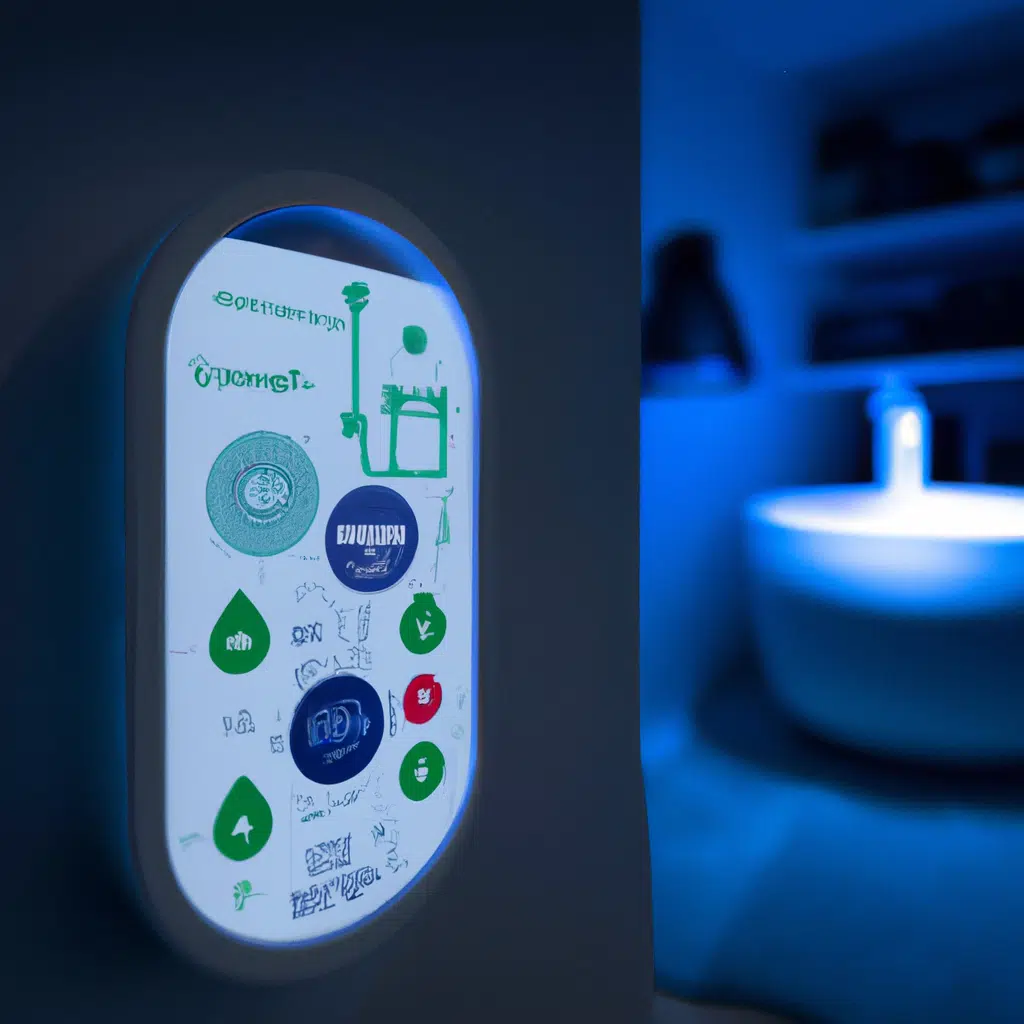Water is a precious resource, and it’s important to be mindful of how much we use in our homes. Fortunately, with the advent of smart home devices, it’s now easier than ever to monitor your home’s water usage and identify ways to conserve. In this article, we’ll explore some of the best smart home devices for monitoring water usage and provide tips on how to use them effectively.

Introduction to Smart Home Water Monitoring Devices
Smart home water monitoring devices are designed to track your home’s water usage and provide real-time feedback on how much water you’re using. These devices are typically installed at your home’s main water supply line and use sensors to detect water flow and pressure. The data collected by these devices can be accessed via a smartphone app, allowing you to monitor your water usage from anywhere.
Benefits of Smart Home Water Monitoring Devices
There are several benefits to using smart home water monitoring devices. First and foremost, they can help you identify water leaks and other issues before they become major problems. By tracking your water usage, these devices can alert you to unusual spikes in usage that may indicate a leak or other issue.
Additionally, smart home water monitoring devices can help you conserve water and save money on your water bill. By providing real-time feedback on your water usage, these devices can help you identify areas where you may be using more water than necessary and make adjustments accordingly.
Types of Smart Home Water Monitoring Devices
There are several types of smart home water monitoring devices available on the market. Some of the most popular options include:
1. Flow Meters
Flow meters are devices that measure the flow rate of water through your home’s pipes. These devices are typically installed on your home’s main water supply line and use sensors to detect water flow. The data collected by these devices can be accessed via a smartphone app, allowing you to monitor your water usage in real-time.
2. Water Leak Detectors
Water leak detectors are devices that detect the presence of water in areas where it shouldn’t be, such as under sinks or behind appliances. These devices use sensors to detect water and can send alerts to your smartphone if a leak is detected.
3. Smart Irrigation Controllers
Smart irrigation controllers are devices that help you manage your home’s outdoor watering system. These devices use sensors to detect weather conditions and adjust your watering schedule accordingly, ensuring that you’re not wasting water when it’s not necessary.
How to Use Smart Home Water Monitoring Devices Effectively
Using smart home water monitoring devices effectively requires a few key strategies. First, it’s important to set goals for your water usage and track your progress over time. This can help you identify areas where you may be using more water than necessary and make adjustments accordingly.
Second, it’s important to take advantage of the features offered by your smart home water monitoring devices. For example, many devices allow you to set alerts for unusual spikes in water usage or leaks. By taking advantage of these features, you can stay on top of potential issues and address them before they become major problems.
Finally, it’s important to educate yourself on best practices for conserving water in your home. This can include things like fixing leaky faucets, using low-flow showerheads and toilets, and avoiding activities like running the dishwasher or doing laundry during peak water usage times.
Conclusion
In conclusion, smart home water monitoring devices are a powerful tool for monitoring your home’s water usage and identifying ways to conserve. Whether you choose a flow meter, water leak detector, or smart irrigation controller, these devices can help you save money on your water bill and protect this precious resource for future generations. By setting goals, taking advantage of device features, and educating yourself on best practices for water conservation, you can make a real difference in your home’s water usage and contribute to a more sustainable future.
